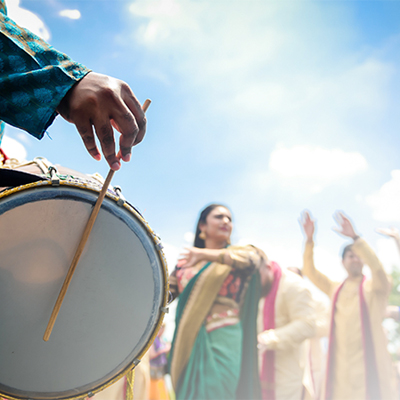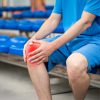Dance Season, Injuries and Tips to Avoid Them

With the ongoing festive season, Christmas and New Year parties, college annual socials and various wedding Sangeets , dancing is a common affair.
People indulge in dancing for a variety of reasons: for fun, recreation and for health. Dance can be social or performed for an audience. It can also be ceremonial or competitive.
Unfortunately, we get to see a lot of injuries incurred during dancing. Dancing may seem an enjoyable, effortless exercise, but if you do not take adequate precautions, you may sprain your ankle or injure your knee and may end up with a swollen joint and a crepe bandage on the actual occasion.
To prevent this, let us discuss some points :-
1) Reducing the risk of dance injuries
- If you have a pre-existing problem or injury especially in the foot, ankle or lower back, consult your doctor before starting.
- Choose a dance style that is appropriate for you. Have a basic awareness of your own body and of your own personal limits and boundaries. For example, high impact dance styles that involve jumping and vigorous movements are not appropriate for a person with arthritis.
- Warm up thoroughly before you start dancing and include stretches.
- Cool down after a dance session and stretch again.
- Drink plenty of water before, during and after the session.
- Wear professionally fitted shoes appropriate for your style of dance. Proper dance shoes distribute load, absorb impact and support your foot.
- Don’t push yourself too far or too fast, especially if you are a beginner.
2) Dance injury risk factors
- Inexperience – Beginners may be vulnerable to injury because they don’t have the skills or technique to meet the physical demands of their chosen dance style.
- Poor fitness – Weak muscles are more likely to be injured when challenged or stretched. Controlled progressions will improve your fitness and muscle strength.
- Poor technique – For example, bringing your foot down to the floor with more force than necessary can injure soft tissues and bone.
- Poor posture – Weak muscles in the back and abdomen increase the risk of injury to all areas of the body including the spine and legs.
- Fatigue – A tired dancer tends to lose form. Falls and injuries caused by sloppy technique are more likely.
- Overtraining – Dancing for too long or too often can lead to a wide range of overuse injuries. Shin splints and stress fractures in foot are common.
- Failure to rest after an injury – Returning to dance before an existing injury has healed can aggravate the condition.
3) Common dance injuries
- Sprains and strains, where muscles and ligaments are overstretched or twisted. The ankle is the most commonly affected, followed by the knee, hip and lower back.
- Impact injuries such as bruises caused by falling over, bumping into another dancers or tripping over props.
- Blisters and bruising caused by ill-fitting shoes can lead to all of these foot problems.
- Foot, sole and heel pain by wearing unaccustomed high heeled or high platform shoes.
4) What to do if you injure yourself while dancing?
If you injure yourself while dancing, suggestions include:
- Stop immediately if you feel pain. Continuing the dance will only make the injury worse.
- Treat all soft tissue injuries (such as bruises, sprains and strains) with Rest, Ice, Compression (bandage the swollen area) and Elevation (R.I.C.E.). Using these four immediate first aid measures can relieve pain, limit swelling and protect the injured tissues, all of which help speed healing.
- Seek advice from your doctor as soon as you can. A proper diagnosis is important.
- Don’t resume dancing until you have fully recovered from your injury. Returning to the dance too soon will turn an acute injury into a chronic one.
#DanceSeason#Dance#AvoidInjuries#Tips#Health#Christmas#NewYear





Leave a Reply